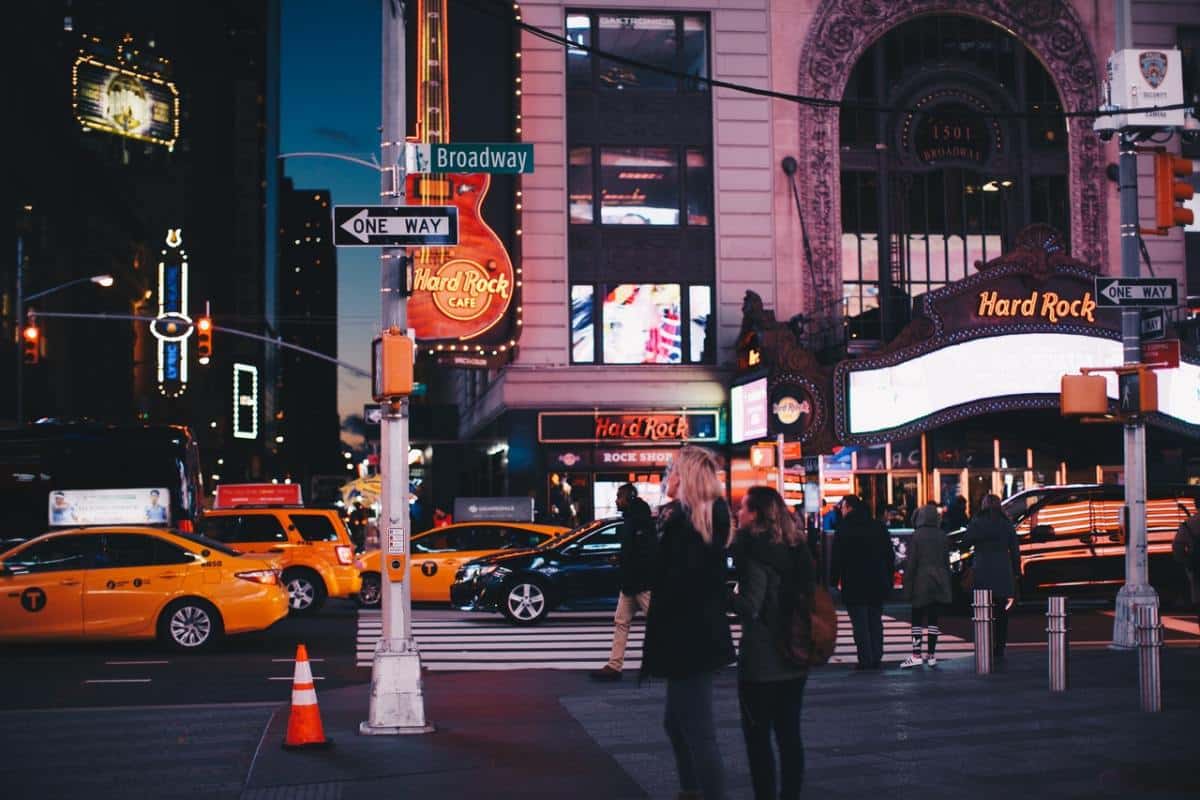The 6-Minute Rule for Street Photographers
The 6-Minute Rule for Street Photographers
Blog Article
What Does Street Photographers Mean?
Table of ContentsSome Ideas on Street Photographers You Should KnowNot known Details About Street Photographers The Main Principles Of Street Photographers Some Of Street PhotographersStreet Photographers Can Be Fun For Everyone
Street professional photographers do not always have a social purpose in mind, yet they like to isolate and record moments which might otherwise go unnoticed.He was influenced by numerous of those that influenced the street professional photographers of the 1950s and '60s, he was not mainly interested in recording the spirit of the street., that functioned side by side with professional photographers trying to record the essence of urban life.

Offered the great high quality of his photographs and the breadth of product, engineers and artists commonly got Atget's prints to make use of as reference for their very own work, though commercial interests were rarely his main motivation. Instead, he was driven to picture every last residue of the Paris he loved. The mingled passion and necessity of his goal sparkle through, causing pictures that narrate his own experience of the city, top qualities that prepared for road photography of the 20th century.
All About Street Photographers
They expose the city via his eyes. His work and essential understanding of photography as an art type served as motivation to generations of photographers that followed. The future generation of street digital photographers, though they likely did not describe themselves because of this, was ushered in by the photojournalism of Hungarian-born digital photographer Andr Kertsz.
Unlike his peers, Brassa made use of a larger-format Voigtlnder cam with a longer exposure time, forcing him to be extra calculated and thoughtful in his method than he could have been if making use of look at here now a Leica. (It is assumed that he might not have actually had the ability to manage a Leica during that time, but he did, nevertheless, use one in the late 1950s to take colour photographs.) Brassa's photos of the Paris underworld illuminated by synthetic light were a discovery, and the collection of the series that he published, (1933 ), was a significant success.
Cartier-Bresson was a champion of the Leica electronic camera and among the initial digital photographers to optimize its capacities. The Leica allowed the professional photographer to interact with the environments and to capture minutes as they useful reference took place - Street Photographers. Its fairly small size also helped the professional photographer fade right into the background, which was Cartier-Bresson's preferred approach
Indicators on Street Photographers You Need To Know
It is due to the fact that of this fundamental understanding of the art of image taking that he is typically credited with uncovering the medium all over once again roughly a century because its development. He took photos for even more than a half century and affected generations of photographers to trust their eye and intuition in the minute.
These are the questions I shall attempt to address: And after that I'll leave you with my own definition of road photography. Yes, we do. Allow's kick off with specifying what an interpretation is: According to it is: this content "The act of defining, or of making something precise, unique, or clear".
No, absolutely not. The term is both restricting and misdirecting. Seems like a street photography should be pictures of a streets appropriate?! And all street digital photographers, with the exception of a handful of absolute beginners, will completely value that a street is not the essential part to road digital photography, and actually if it's an image of a street with possibly a few boring individuals not doing anything of rate of interest, that's not street digital photography that's a snapshot of a road.
He makes a legitimate factor don't you think? While I agree with him I'm not certain "honest public photography" will certainly capture on (although I do kind of like the term "honest photography") since "road photography" has actually been around for a long time, with several masters' names connected to it, so I believe the term is here to stay.
See This Report on Street Photographers
You can fire at the beach, at an event, in an alley, in a park, in a piazza, in a coffee shop, at a gallery or art gallery, in a metro terminal, at an event, on a bridge, under a bridge ...
Yes, I'm afraid we terrified no choice! Without regulations we can not have a definition, and without an interpretation we don't have a style, and without a style we don't have anything to define what we do, and so we are stuck in a "regulations interpretation style" loophole! - Street Photographers
Getting My Street Photographers To Work

Report this page